Table of Contents
Master Google Ranking And SEO For Your Blog: Ultimate SEO Checklist
Writing a blog article should be only to assist your readers. Even if you are ultimately marketing yourself, your company, or your brand, self-promotion should take place behind the scenes.
SEO (search engine optimization) is aimed at doing this (SEO). Underutilizing the resources at your disposal is risky, as it can drown your quality material in a torrential shower of posts and articles.
We have provided you with a full SEO checklist to assist you in optimizing your blog for a larger audience.

Why Is SEO Important?
When marketers want to be found in search engine results, they often choose one of two tactics.
The first method is to place bids on certain keywords using Google AdWords. You may bid on keywords that you wish to rank for using AdWords. The cost per click determines by many variables, including competition, keyword, ad text, landing page, and click-through rate.
While keyword bidding is an excellent approach to ranking a new site in a competitive sector, it is not the ideal long-term strategy.
The second technique is to generate highly relevant and interesting industry content based on keywords that your target audience commonly searches for. This strategy’s traffic is called “organic traffic,” and it’s the foundation of SEO. In addition, material that performs highly without using paid ad campaigns saves money and gives better long-term success.
This advice has helped thousands of businesses enhance their search traffic, and you can too. The more elements on our SEO checklist you complete, the better your results will be in terms of search engine rankings, although you are not obligated to do so.
The Ultimate SEO Checklist For 2022:
The actions associated with search engine optimization are classified into five areas. This list was created so you may go over each component and check how your site compares. As a step-by-step guide, you may find this list helpful for helping you resolve the challenges in each area and check items off your list.
Of course, the more things you tick off, the higher your page rank. If this is your first site, you may start from scratch and utilize this list as a last check before launching.
If you are unsure about a particular category or item on this list, there are many professionals available to assist you in bringing your site up to Google’s requirements. Now, let’s look at the five sections of our Ultimate SEO Checklist for 2022.
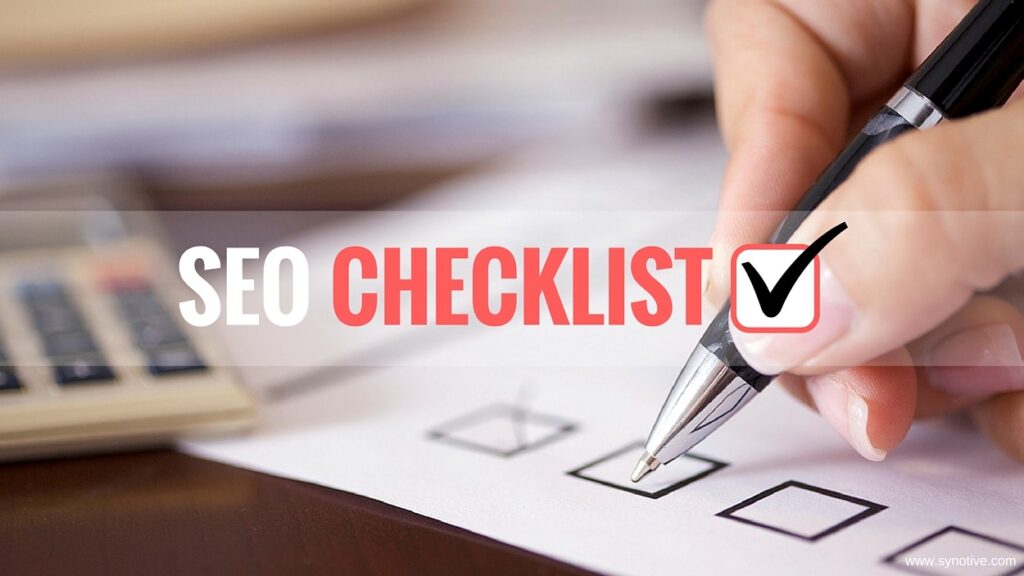
SEO Basics Checklist:
Every website needs to have a few basic requirements. If you don’t take care of these things, it will be tough to rank for the search phrases you want, even if everything else on the list is checked off.
- Set Up The Right Tools:
Google owns the most popular search engine online. They’ve created a collection of tools that offer you access to much information for free. The first step is to install Google Search Console and Bing Webmaster Tools on your site.
- Connect With Google Analytics:
Google Analytics gives you additional information to help you better understand your audience. During this process, it becomes evident what a person’s identity is as well as how they interact with the material they are watching. It helps you to better plan future campaigns and initiatives.
- Use An SEO Plug-In:
Use one of WordPress’ free plug-ins to help you analyze your content if you’re using WordPress as your CMS. We’d suggest Yoast and RankMath as two of the best out there.
- Make A Sitemap:
A sitemap is just a list of URLs for your website’s most important pages. When you submit this list to Google, it informs the crawler which sites to disregard when ranking for keywords. It also informs the crawler how often you update your website. Those annoying spiders like visiting websites that are often updated!
- Create A Robots.Txt Sleeve:
If some pages on your website should not crawl, this file will instruct the crawler to disregard them. Some SEO plug-ins automatically build one for you, while others may need you to make one yourself.
- Make sure to Keep Pace with Spam:
Another fantastic plug-in for your website to always have is the anti-spam add-in. If users leave spam on your website, you may suffer a loss in rank. You must keep deleting it. A decent plug-in may assist you in keeping up with the workload.
- Make Sure Google Indexes Your Site:
Some technological faults may prevent Google from indexing your site. You may locate them in the checklist’s technical categories, visit an expert, or utilize other troubleshooting techniques to identify the issue.
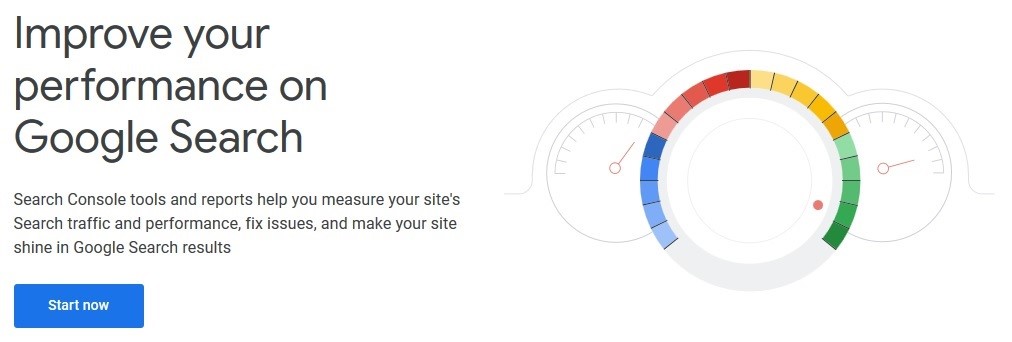
Keyword Research:
You almost certainly have a long list of keywords in mind for your company, all of which you’d want to score well. If you don’t rank for the correct search phrases, you won’t be able to convert visitors into customers.
Knowing which keywords are critical to your organization’s success and how to rank for them should be part of your SEO strategy. Start with some of these suggestions.
- Know Your Competitors:
This is a fundamental duty for every company strategy, and SEO optimization is no different. You must identify your rivals and plug their websites into an optimization tool to learn which keywords they rank for and how they use them. Is your website lacking in keywords? If so, this would be a good place to start.
- Know Your Most Important Keywords:
You must determine which keywords will be most beneficial for you. Free keyword tools can help you find keywords connected to your most popular goods and services. Ranking for these keywords is likely to attract qualified clients to your website who are eager to purchase your goods and services.
Read Also: The Best Ways To Monetize A Blog In 2022: 8 Proven Ways
- Use Long-Tail Keywords:
Finding your core keywords will assist you in connecting with your target audience. The issue is that your rivals are also attempting to rank for these keywords. Long-tail keywords allow you to target a narrower group of people.
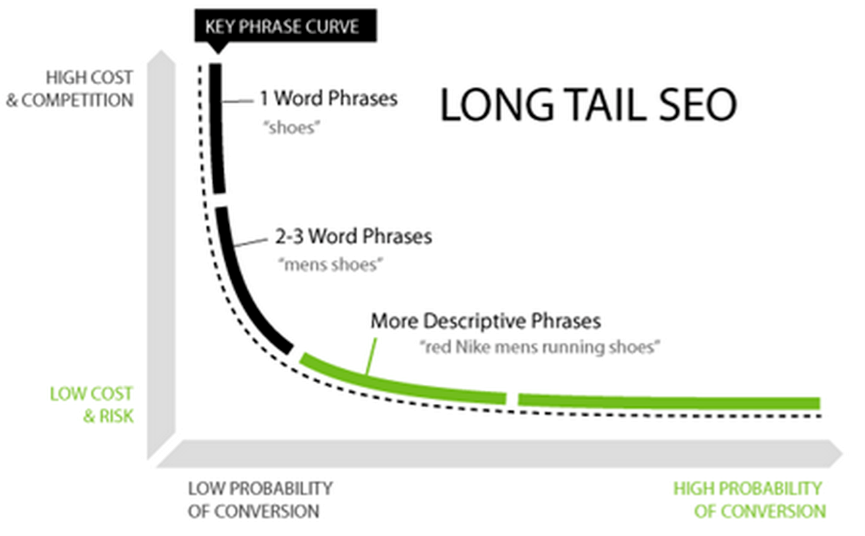
- Create An Organized Strategy:
After that, you must create an outline that demonstrates which keywords will connect to which pages on your website, among other things. You must also determine the queries that searchers ask.
- Prioritize Your Keywords:
You need to know how tough it will be to rank for each of the keywords you’ve found, and you need to plan out when you’ll post new material.
- Create A Content Calendar:
Google rewards websites that update their content regularly with new and relevant content. It is easy to get stuck in a writing rut if one does not possess the necessary writing skills and talents.
In this circumstance, a content calendar may prove to be your best friend. Your content calendar may assist you in coordinating your keyword approach and serving as a guidepost for generating consistent, regular content.
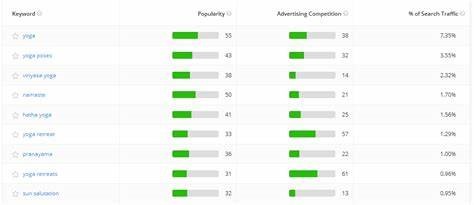
On-Page SEO:
The material you create is referred to as on-page SEO. Your writing should be for humans, not search engines, of course. It entails organically employing your keyword words and eliminating any wording that makes you seem weird.
The most straightforward method of increasing organic traffic to your website is to create long-form content. Material with 3000 words or more obtains three times the traffic and four times the social media shares of similar-length material with fewer words.
Aside from that, long-form material obtains 3.5 times the amount of backlinks that standard-length pieces do (901 to 1200 words).Other factors in on-page SEO checklist may have an impact on your search engine ranking as well.
Read Also: The Ultimate Guide to Using Live Chat Software for The Whole Customer Journey
- Fix Title Tags:
Close HTML tags at the start of H1 titles. This term is used to identify a web page’s topic. Check for duplicate titles as well as titles that are too long. Keywords in your main title may also help you rank better on search engines like Google.
- Fix Meta Descriptions:
The same logic applies to your meta descriptions as it does to your title. Check for duplication and ensure that each article has a meta description. If you want visitors to click on the link and read the stuff, add a relevant title tag.
- Optimize All Page Content:
All page content, including articles, tags, titles, and meta tags, should be optimized for search engines using relevant keywords.
- Use ALT Tags For Images:
When it comes to page rank, images may make or break it. The description, size, and quality of each one should all be carefully considered.
- Internal Linking:
Internal connections are one of how you may experience outcomes more quickly than other methods. With simply a few high-quality backlinks, you may significantly enhance the search engine ranks of your website.

- Fix Orphaned Pages:
At the very least, one of your pages should have a link to another. If Google cannot discover any further pages on your website, it will not consider your information to be authoritative on the topic, and it will penalize you.
- Keep It Fresh And Updated:
Google appreciates it when you update your page with fresh material regularly. Even updating out-of-date content might help you move up the rankings on Google.
- Audit And Prune:
Planning periodic SEO audit checklist to analyze your content and other on-page SEO components should be a priority. Some websites have discovered that eliminating content from their pages that does not rank well or does not bring value to the site is a good option in terms of search engine optimization.
As Google strives to give high-quality results to searchers, you should ensure that yours fulfills the necessary standards.
Technical SEO:
The technical aspect of SEO is concerned with how well your website operates. Here is a technical SEO checklist to watch out for while creating your website.
- Secure Your Site:
Make sure you’re utilizing HTTPS rather than HTTP. Google now believes this to be a significant factor.
- Check For Duplicate Versions:
If you alter your website, older versions may still be accessible. If you can’t prevent them from being discovered, use a 302 redirect to route them to a single page.
- Fix Crawl Errors:
Google Search Console may use to identify and solve crawling problems on web pages.
- Speed Is Important:
If your page is taking too long to load, you must take action to resolve the problem. Google prefers sites that provide consumers with speedy results.
- Fix Broken Links:
It should go without saying, that you must repair any broken internal and external connections. Periodic audits may be helpful to ensure smooth and efficient operation.
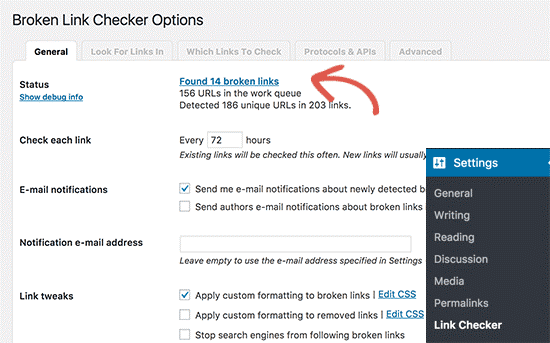
- Mobile Friendly:
Use a mobile-friendly browser to verify if your site is responsive. Instead of PCs, mobile devices now account for many searches.
- Use SEO-Friendly URL Structure:
Make sure that your URLs include keywords rather than search query strings to maximize your search engine optimization.
- Check Page Depth:
Another thing to remember is that no page should be more than three clicks within the website.
Off-Page SEO:
Outbound links to authority sites and inbound links to your page notify Google that your material is helpful for a specific subject.
- Competitor Link Analysis:
This is another area where your competitors may provide you with information that will aid you in developing your link tactics. Examine their pages to discover whether they are using authoritative sites that you are not.
- Search For New Link-Building Opportunities:
Always be on the lookout for fresh possibilities to link to authority sites other than your own. You may use this opportunity to build an outbound blank, such as if your organization was featured in a news story.
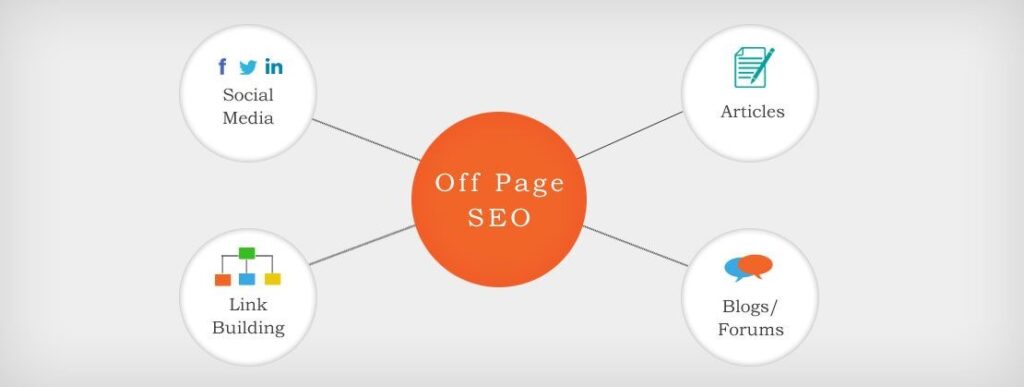
Conclusion:
Search engine optimization is a critical component in getting any website to rank well online. In a competitive niche, it’s essential to optimize in every manner possible. When the question arises that how to optimize a blog for SEO? Keep up with the newest tactics to assist your content climb to the top.
Using a good SEO foundation from the beginning will prove to be a helpful method for all websites. Make use of these tactics as a starting point for evaluating and improving your organic search position.

